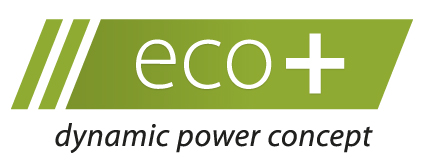High-pressure generation
There are different technologies to generate high pressure. Depending on the medium, we distinguish between optimised and not performance-optimised pumps. As we are usually concerned with two cooling media with regard to cooling lubricants, we concentrate on pump technologies which have proven in conjunction with cutting oils and water-based emulsions (minimum oil content of 8 %). In addition to various constant-pump technologies, we offer you four solution approaches depending on the requirements and application in order to improve the efficiency in high-pressure generation as well as to increase process reliability.
| Pump type | Comment | Efficiency class | Max. pressure for oil | Medium purity |
|---|---|---|---|---|
| Piston pump | Performance-optimised pump, especially for high pressure. High efficiency. Prone to contamination. Requires good filtration. | 70–95 % | 300 bar | 30 µm |
| Gear pump | Performance-optimised pump. Wears out faster under high pressure and continuous load. High efficiency. Prone to contamination. Requires good filtration. | 70–90 % | 100 bar | 40–60 µm |
| Screw pump | Pump not prone to contamination, but with a relatively low efficiency. Ideal for up to 80 bar. In case of high pressure, high driving power is required. | 50–85 % | 150 bar | 60–80 μm |
| Plunger pump | Piston pump principle for very high pressure. Low efficiency. Requires very high driving power and very good filtration. | 60–85 % | 1200 bar | 10–20 µm |

For pressures above 80 bar and flow rates well above 16 liters per minute, either controlled piston pumps or frequency-controlled drives are used with the concept eco+ dynamic power concept. General advantages of the eco+ dynamic power concept: increased energy efficiency, lower heat input, increased temperature stability, higher efficiency. Especially the eco+ regulating pump technology stands for lower heat input through perfect resource utilization. The high performance efficiency of the pump results in lower drive capacities compared to conventional constant pumps and combines this with the mechanical adjustment of the delivery capacity to the actual demand. The pump is characterized by its smooth running performance. Additional customer benefits: no interfering high frequency sounds in production, lower energy costs!

